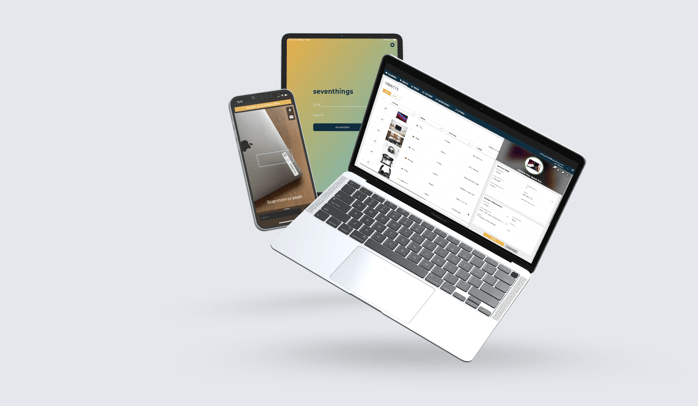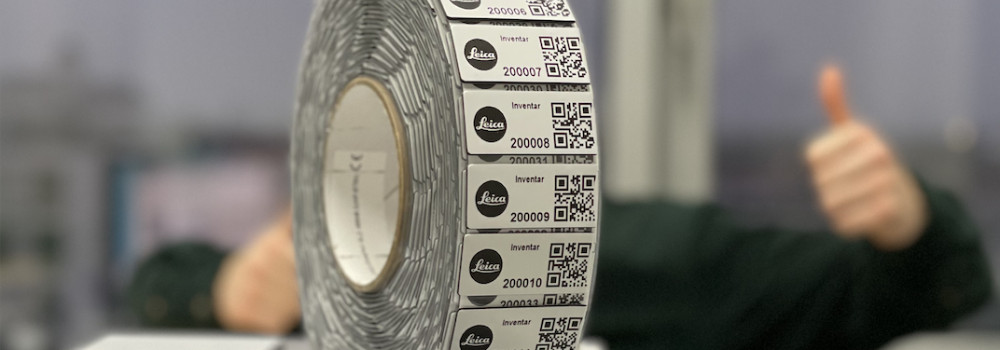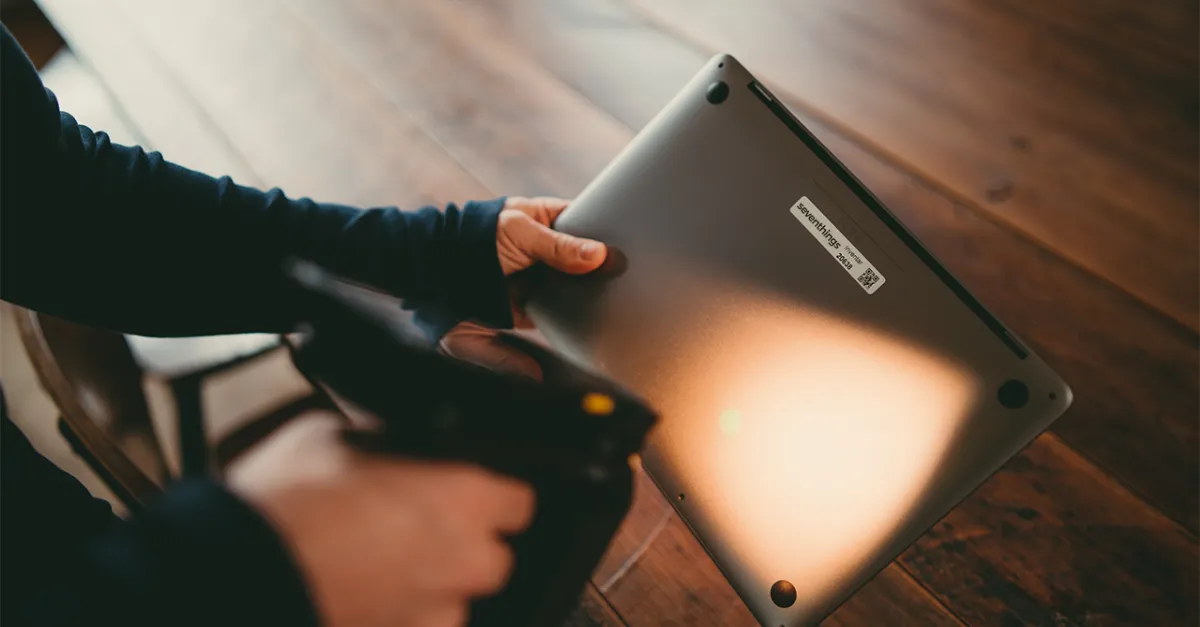During the digital inventory process, establish consistent guidelines for applying labels. When applying labels to inventory items, focus on safe, reasonable areas to facilitate scanning.
Here, you can find pointers on how to label items conveniently and securely such as:
Cabinets, shelves, and containers

With the seventhings Asset Manager, you can quickly and easily itemize, monitor and track your equipment to facilitate centralized digital management of your assets.
Inventoried in a few seconds
The seventhings Asset Manager solution allows you to digitally record and manage your assets. It includes our innovative software and the accompanying smartphone app, as well as the labels you need to identify the inventoried items.
Once you have entered all the relevant information under the individual label code, you can retrieve and view the asset history with a simple scan. With our user-friendly software solution, you can quickly update the data on the condition, location and current user of each item as needed.
What kind of labels is the right one for your company? Check out our blog about the best labels for asset management.
Label placement
In order to be able to inventory quickly, the label should of course be quick and easy to find. Before establishing your digital inventory, take the time to determine uniform standards that you can refer to when taking inventory. To prevent labels from hindering use or being placed in an area that can damage the code, we recommend placing the label with practical considerations in mind. Although we usually recommend the lower, left margin credo, we have listed a few specifics below.
Download our free inventory guide containing everything you need to know about inventories and labels!
Technical devices
When a device already has a label, for example a serial number, we recommend attaching the inventory label nearby. If this is not the case, we suggest affixing your inventory label to the lower left edge on the back of the device.
Chairs and tables
The perfect place is usually on the bottom, in the middle, because you won't see the label there. If this is not possible, because the area is covered by fabric, for example, choose the lower left side.
Cabinets, shelves and containers
Here, we recommend the left outside at the top or bottom for quick and easy scanning. If you prefer the label to be less visible, simply use the inside.
Kitchens
Like other technical devices, you can check if the kitchen appliance already has a serial number or similar sticker. If so, it is a good idea to place the label nearby. For larger cabinets, refrigerators, cookers and other appliances, it is recommended to use the lower left corner.
Office and workshop equipment
Since the items listed in this category can be found in almost all businesses, you should think carefully about which inventory items you want to include in the first place. Consider how many there are, how often they are used and whether managing these items adds value. It may be interesting to track, for example, how often items need to be repaired or how long they last, so that you can reconsider your purchasing decisions with certain suppliers or manufacturers in the future.
If possible, try to find places that are not worn and have a flat surface to ensure optimal adhesion of the label.
Others
These are various items that are difficult to assign to a category or inventory. These include, for example, fire extinguishers, company vehicles or software.
Our suggestion: Stick the corresponding label on a separate sheet of paper and staple it to the associated warranty or licence documents. Done!

Your start into digital inventory
Would you like to know how to manage your inventory smartly, which processes are involved and what you need to consider? On our page "Digital Inventory Guide" you will find the answers to your questions!


